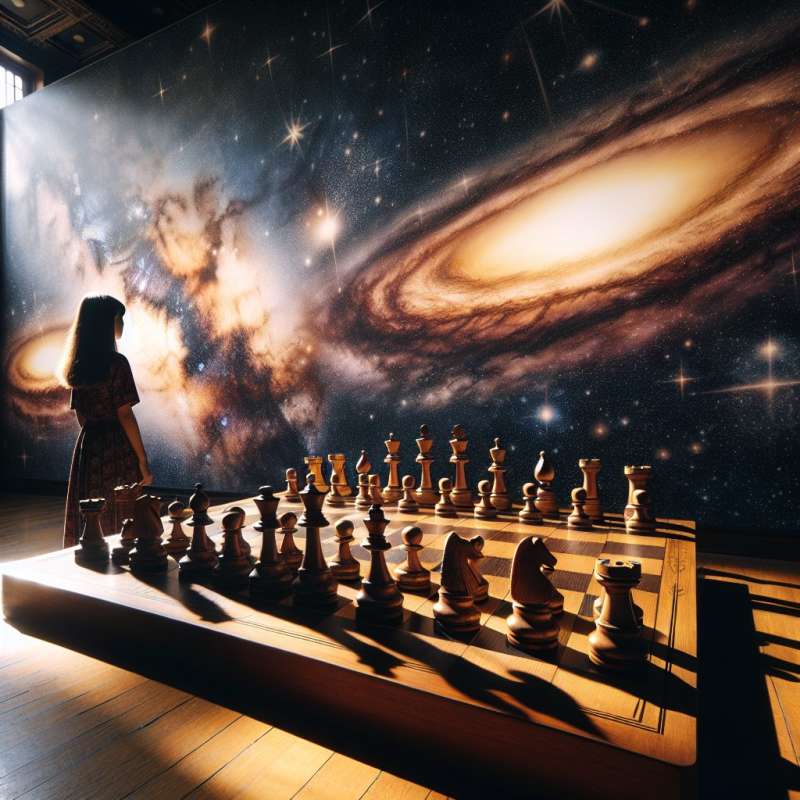
Origins of Chess
Chess began in India around the 6th century AD, originally named 'chaturanga'. This four-division battle game evolved across Persia, Arabia, and Europe, becoming the strategic game we recognize today.
Chess: A War Game
Each chess piece represents a different class in a medieval army. The pawns symbolize foot soldiers, while the rooks are chariots, knights are cavalry, bishops are clergy, the queen is the powerful commander, and the king is the ultimate target.
En Passant Surprise
The 'en passant' move confounds many players. A pawn moving two squares can be captured by an opposing pawn as if it moved only one. This rule was introduced in the 15th century to speed up the game.
AI Revolutionizes Chess
In 1997, IBM's Deep Blue defeated reigning world champion Garry Kasparov. This watershed moment in artificial intelligence heralded new ways for humans to study and understand the game's complexities.
The Infinite Game
The number of possible different chess games is vastly greater than the number of atoms in the observable universe. The Shannon number, 10^120, estimates the game-tree complexity of chess.
Psychology in Chess
Chess isn't just logical; it's psychological. Players often use tactics like the 'Fool's Mate', which capitalizes on typical starting errors, to exploit opponents' overconfidence or inattention.
Women in Chess
Judit Polgar shattered gender barriers in chess. Not only did she become the youngest ever Grandmaster at age 15, but she also defeated eleven current or former world champions in either rapid or classical chess.
What is 'chaturanga'?
An ancient strategy game
A medieval battle tactic
A 15th-century chess piece
Company